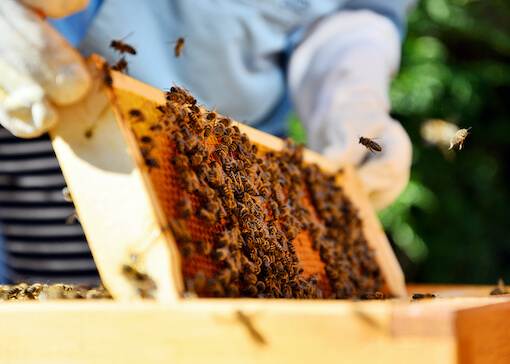Véto-pharma Supports the Men and Women who Work for Animal Health
Founded in 1982, Véto-pharma is a French pharmaceutical laboratory specializing in animal health.
Our teams of experts work daily to develop, produce, and market innovative solutions to support professionals in the sector. With its own research center dedicated to bees, Véto-pharma places innovation at the heart of its activity.
Our Activities
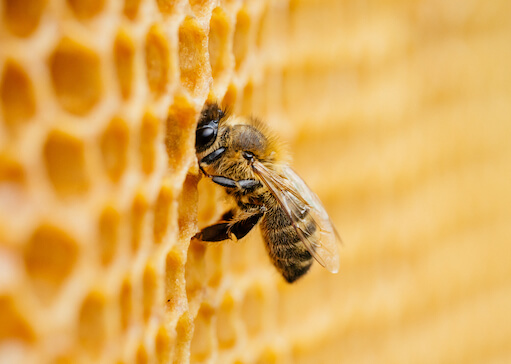
We provide effective, innovative, and high-quality solutions to support the beekeeping industry.

We are the preferred CDMO partner for many companies in the veterinary sector.
The Latest Blog News
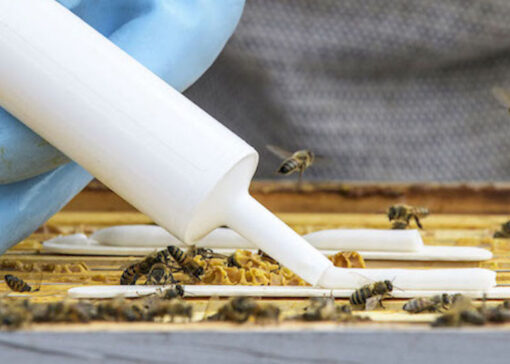
Amiflex® 2.0 – new varroa mite Flash treatment without RUP license
Véto-pharma has just obtained the EPA federal registration for Amiflex® 2.0, a 7-day-flash treatment for varroa mites.
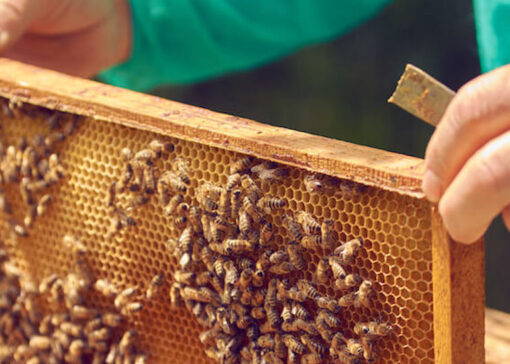
Case Study No.2 : Understanding Rapid Varroa Reinfestation after Apivar treatment
Case study showing the rapid increase in varroa levels after an amitraz treatment and the impact of hive configuration.

Preparing for Winter : The Keys to Ensuring Honeybee Colony Survival
Ensuring the winter survival of honeybees through optimal management of reserves, space, and health.
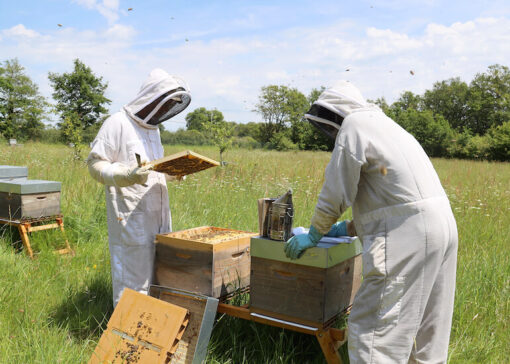
Behind the scenes of Véto-pharma’s experimental apiary
Discover how Véto-pharma’s experimental apiary with 380 bee colonies is revolutionizing beekeeping solutions.

Apimondia 2025: An International Gathering at the Heart of Beekeeping
The 2025 edition of Apimondia took place from September 23 to 27 in Copenhagen, Denmark, a true global crossroads for the beekeeping world.
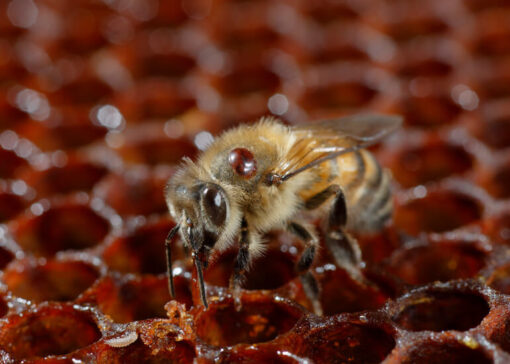
Case study No. 1: A Failed Late Summer Varroa Treatment?
Learn from real-life and fictional case study varroa management examples. Discover tips on monitoring, treatment timing, and strategies to improve colony survival.
Our Latest Publications

In this guide you will find instructions of use about Apivar 2.0, our new product based of Amitraz in USA.

This scientific poster aims to better understand the genetic mechanisms that may be involved in Varroa amitraz resistance, a major issue for honey bee colony health.

This webinar covers the differences between Apivar and Apivar 2.0, plus guidance for using Apivar 2.0 in sustainable Varroa mite management.

This on-demand webinar explores field-tested strategies for Varroa mite control specifics to Australia and similar climatic regions.

In this brochure you will find practical information about Apivar 2.0, the latest advancement in varroa mite treatment with less amitraz.
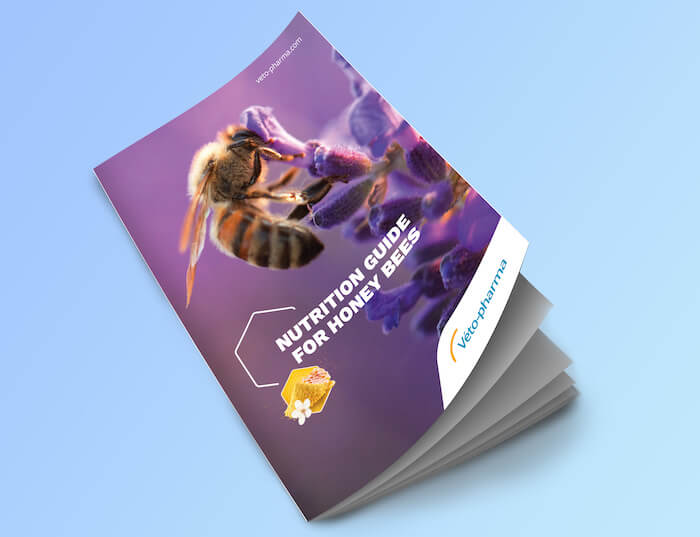
A 28-page guide on how to optimize bee nutrition and thus strengthen their development, co-written with Pajuelo Consultores, beekeeping experts.






